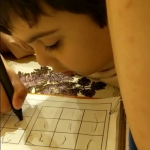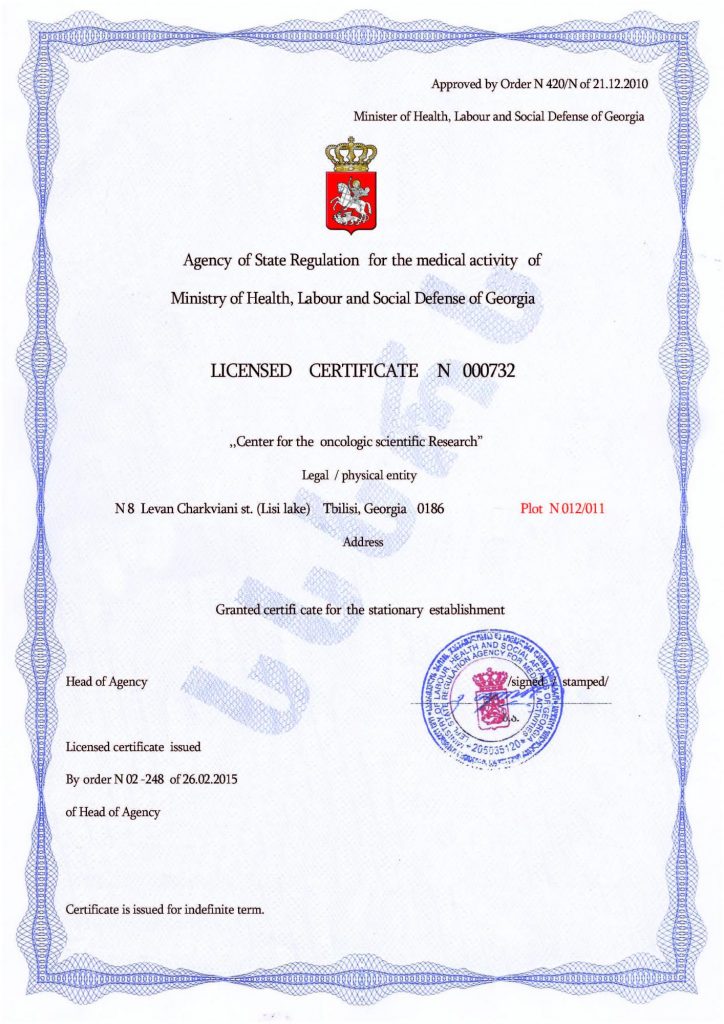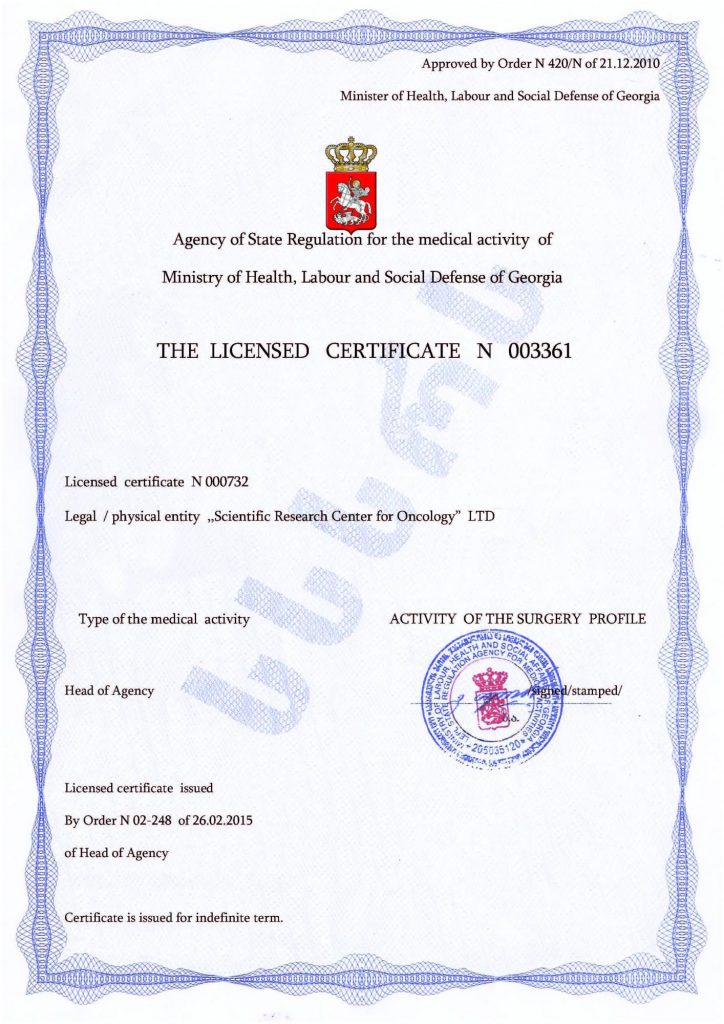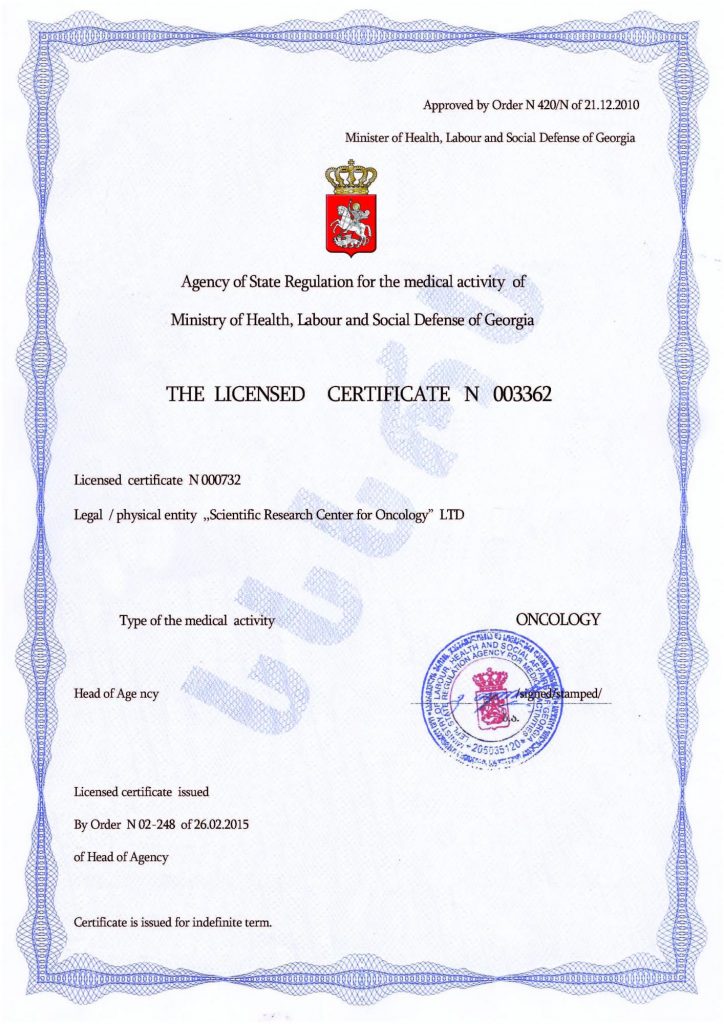Features of Autism in Girls
According to statistics, autism and other similar disorders are diagnosed in girls four times less frequently. This has led to the stereotype that such disorders, especially Asperger’s syndrome, occur only in boys.
In reality, the symptoms of autism spectrum disorders (ASD) manifest differently in girls, and it may seem that they are behaving completely normally. One common misconception is that girls exhibit a kind of split personality: one “half” for social contacts, which can be controlled despite somewhat strange behavior, and the other that appears at home, where they can be themselves. This is one of the reasons why girls are less likely to be diagnosed with ASD, even when clear signs are present.
Another widespread theory is that boys’ thinking processes are based on logic, while girls’ thinking is based on emotions and immediate feelings. Additionally, there is a mistaken belief that signs of ASD only become noticeable after puberty.
Girls Are Better at Masking Symptoms
In fact, girls are better at hiding the symptoms of the disorder. They can more easily force themselves to maintain eye contact, use prepared and rehearsed jokes and general phrases, and imitate social behavior and copy gestures from others without much difficulty.
It is difficult to determine exactly how often girls use masking techniques to conceal autism, but these techniques can fool others, although not specialists. ASD is diagnosed when a range of abnormalities is identified, mostly in the area of communication. These include a reluctance to engage in communication, rigidity in behavior when situations change, adherence to a strictly planned routine, and heightened or lowered sensory sensitivity, which negatively impacts daily life. There are several signs that suggest unusual behavior may be linked to ASD:
- Social Interaction
A key indicator is that girls tend to observe other children and copy their actions but do not actively seek communication. Compared to boys, they show more interest in social interactions but tend to be participants rather than initiators in group play. This is because too much activity can make it difficult to maintain masking, and the desire to “hide” their differences from others leads them to behave more reservedly. - Social Communication Challenges
It is harder to detect ASD through social communication, which is the ability to understand others and express one’s thoughts through speech. Girls, like boys, develop language skills effectively, and they often have more advanced linguistic abilities compared to peers with the same level of cognitive development. However, they are less likely to engage in casual conversation just to pass the time, and they struggle with initiating dialogues. Due to ASD, girls also have difficulty understanding how to behave in conversations with someone of higher social status (e.g., a teacher) and may become confused when they have to speak in front of a large audience, especially if there are few familiar faces. - Play and Imagination
It is even harder to determine symptoms based on how girls participate in play, especially role-playing games. They compensate for communication deficits with their developed imagination. Girls typically avoid being the initiators of play and often follow a set routine, but when given the opportunity to create their own storyline, their behavior becomes much more relaxed due to the lack of the need to maintain masking.
Additional Factors
It should also be considered that girls are usually calmer than boys and have different interests. Autistic children differ from neurotypical children not so much in what attracts them, but in the intensity and stability of their preferences. Due to ASD, girls also strive to complete tasks as well as possible, which is not a separate symptom in itself. Therefore, when diagnosing, it is most important to focus on the functioning of the sensory system, particularly the excessive or insufficient response to external stimuli.
Delayed Diagnosis and Treatment
Due to the difficulty in detecting autism and other types of ASD, girls are often not diagnosed early, with many only beginning therapy during adolescence or even later. For this reason, parents should seek professional help if they notice any signs of ASD, especially if their child is young, as their developing brain is more plastic and receptive to developmental correction.
Cellular Therapy for Autism
There are various methods for treating autism, but it is now a well-established fact that cellular therapy is the most effective. This therapy involves the transplantation of the patient’s own stem cells, which eliminates the risk of rejection due to immune responses. After being introduced into the body, stem cells transform into healthy analogs of damaged brain and nervous system cells, replacing them. As a result, brain and nervous system functions are normalized, and the outcome is long-lasting, often lifelong, improving the effectiveness of additional autism treatment methods and symptom management.
Cellular therapy is versatile and can be applied from early childhood to old age, with very few contraindications. It may become the primary approach in the future for treating autism and its symptoms. Currently, it is practiced in leading clinics worldwide, including the Mardaleishvili Medical Center. Here, highly qualified doctors with extensive successful experience in stem cell transplantation use state-of-the-art equipment to achieve the best therapeutic results. The cost of services at the center is lower than in other countries with developed healthcare systems, and staff also assist with trip planning and accommodation arrangements.
Fill out the feedback form — take the opportunity to improve your child’s condition!
Autism Treatment Center Videos
Autism treatment with own stem cells
Cord blood association congress
International Quality Crown
Autism Treatment Reviews
Autism treatment with own stem cells
The story of Alessandro (6 years old)
Autism Patient Testimonial - Stem Cell Treatment
Clients Testimonials

Feedback from Yulia, mother of Emily (7 years old) Read More
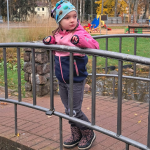
Feedback by Everita, Katrina’s mother (5 years old) Read More
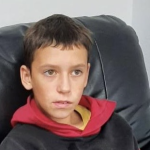
Feedback from Igor, David’s father (12 years old) Read More
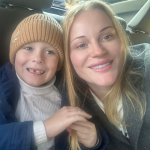
Feedback from Olga, Fedya’s mother Read More
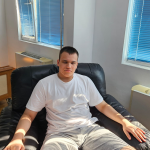
Feedback from Natalia, Radomir’s mother (15 years old) Read More
